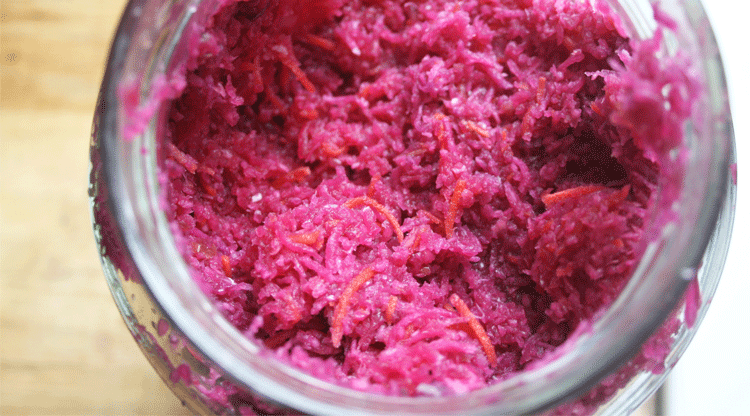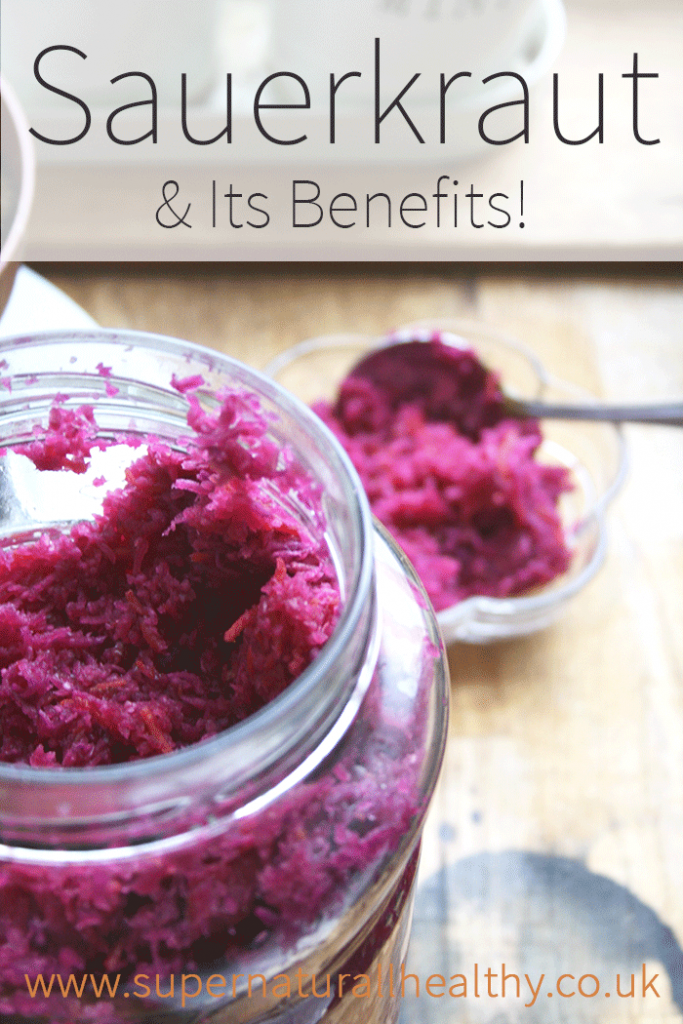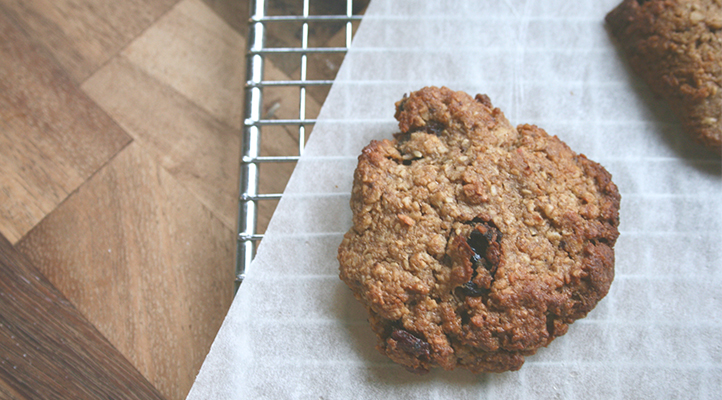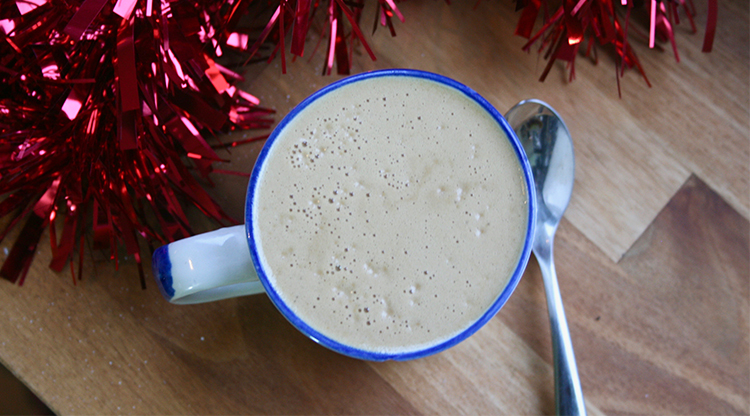Now I hope I haven’t put you off this post entirely by using the word sauerkraut in the title. I can understand if I have, I too used to have a sauerkraut prejudice. I thought the idea of fermented cabbage sounded as pleasurable as eating out of arm pits and was no longer necessary for our ‘modern’ diets.
But fellow readers and health seekers, I am happy to say that I was wrong and have been wonderfully converted to the joys of this fermented vegetable. The only time I used to eat cabbage was by accident in coleslaw, but now its a daily addition to my diet. My hope for today is that the cabbage and I win you over!
History (Food history geek)
Sauerkraut is shredded up fermented cabbage, which before the day of fridges and freezers, was the only way of ensuring you got some hearty veg during the dreek winter months. It is best known in Germany and Eastern European countries but it is also thought that the builders of the Great Wall of China used to munch of this fermented delight! Another fun fact is that ‘In the late 1770s, Captain James Cook circumnavigated the world without losing a single sailor to scurvy, thanks to the foods his ship carried, including sixty barrels of sauerkraut, according to natural news.com.
So if its good enough for hardcore sailors and builders than I figure it can only do little old me some good!
Why I like it & benefits
- It’s cheap and cheerful. This batch below cost me around 10-12p as the cabbage was on offer for 9p at the shop. You can’t argue with healthy food for 12p.
- It is a Probiotic. Yes I am slightly obsessed with the joys of probiotics (see here) but I just notice the difference in my body when I am regularly eating probiotic food. Our ancestors would have naturally eaten fermented food with most meals as that was the only way of preserving food, and they didn’t seem to die of diabetes, heart disease or cancers (maybe thats because dinosaurs got them first – who knows?)
- It is high in Vitamin A and C both of which are antioxidants that fight the nasty free radicals that get produced in our bodies and can cause early aging and a whole host of other things like low immunity, disease, lethargy etc.
- Cabbage contains naturally occurring isothiocyanate compounds, which are thought to fight cancer.
- It boosts the immune system and keeps us fighting fit – as James Cook’s sailing adventure shows.
- It is a live food, alongside its probiotic properties which means it has lots of active nutrients and enzymes, plus its gentle on the digestive system.
Can’t be bothered to make it? Then you can buy it here
(You have to make sure you get raw and unpasteurised! Ones in vinegar have no probiotic benefit.)
How to eat it?
I eat mine on eggs in the morning, salad, sandwiches, soups, curries – basically anything except perhaps cake – that may be gross.
I have made sauerkraut with both white/pale cabbages and red cabbages. Both work well and taste slightly different (I would say the pale cabbage is a gentler taste) but I like the rich colour of red cabbage sauerkraut – it looks prettier in the jar! But really I will use whatever cabbage is cheapest.
- Shredded Cabbage.
- Add the salt .
- Pound it till all the juices appear!
- Ready to munch.

Sauerkraut
Ingredients
- 1 small Cabbage - red or pale/white
- 1-2 tbpn's good quality rock salt
- 1/2 cup whey - optional
Instructions
- Roughly chop the cabbage and rinse.
- Finely grate the cabbage in a food processor or by hand.
- Place in a large pot with a lid (I use my le creuset like ones).
- Mix in salt.
- Then grab a potato masher and pound the living day lights out of the cabbage, keeping an even level of cabbage in the pot. This releases all the natural juices of the cabbage.
- Do this for about 10 minutes or until to start to see the juices of the cabbage appearing.
- Add the whey if using.
- Make sure that the mixture is covered with some liquid and when you push down on the cabbage you see lots of juices appear. It will just go off it it is too dry - the pounding is really important!
- Cover the pot and leave for about 3 days in a warmish place (like near the oven or boiler).At this point feel free to taste it, if you want it more sour tasting then leave it out for another day or two.
- Then transfer to smaller jars if you wish or just place the whole pot in the fridge. This stops the fermentation.
Notes
This recipe used a smallish cabbage and yielded about a litre. If you use a large white/pale cabbage you will yield about double!
This last for a few months if kept in the fridge.
You may need to experiment with adding in more water or more salt if you are finding it goes mouldly.
Alwasy make sure you store in sterilised clean jar Adapted from Nourishing Traditions by Sally Fallon










Hi Kezia. I just made some Sauerkraut but I’m a little confused. You said to make sure it is covered in some liquid so I added some water, eek! I hope that was ok to do. Otherwise I was very proud of how well how I processed it and mashed it. It was very juicy but the liquid wasn’t close to covering the mixture. I hope I don’t have to chuck it away and remake it? Also, some online recipes say you should leave it for 3 weeks?! Thanks so much! Mary Anne
Yes that was the right thing to do it does depend sometime i add water sometimes i don’t depend on on much I can be bothered to pound it. Well done thought sauerkraut is SO good for the body:) As for leaving it – it depends on preference and taste – i leave mine between 4-6 days but it snot warm here but I know some people that have left it for 3 months before! So keep tasting it and see what stage you prefer it at.
Could I download this recipe as I suffer very badly from constipation I would be very greatful sheila2111@hotmail.com
Yes you sure can – just go to the recipe and press the save recipe and it will save to your computer or you can print it straight off:)